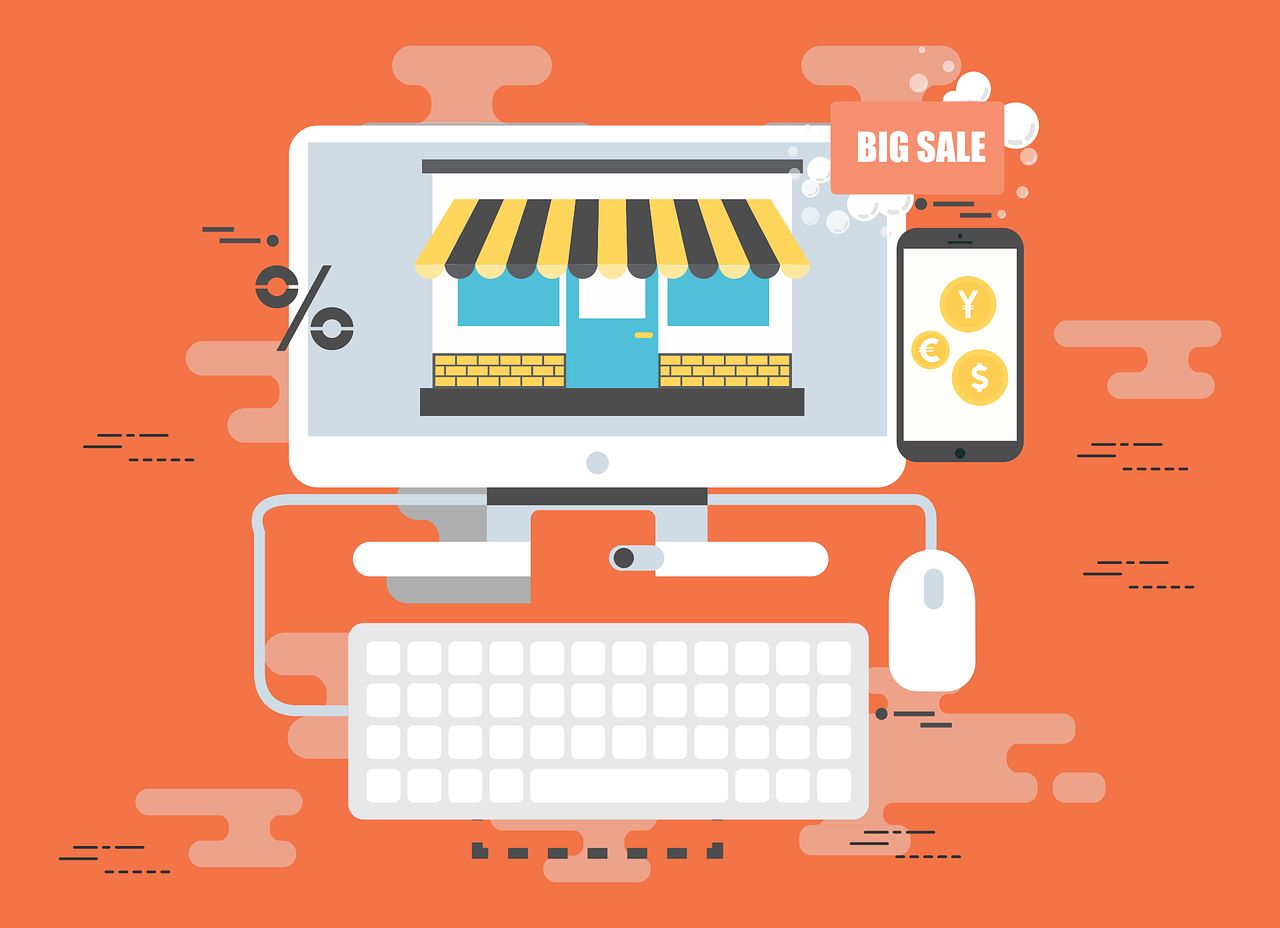Chapter 1: The Genesis of Online Retail
The story of online retail doesn’t begin with Amazon or Alibaba. It begins with an idea—an experiment in convenience, connection, and commerce.
Long before the internet became a part of daily life, innovators imagined a world where products could be browsed from home and delivered to your doorstep.
What was once a futuristic fantasy is now a multi-trillion-dollar reality.
From Modems to Marketplaces
The earliest attempts at e-commerce trace back to the late 1970s and early 1980s, when systems like Electronic Data Interchange (EDI) allowed businesses to transmit purchase orders electronically.
These weren’t consumer-facing platforms—but they laid the groundwork.
Then came 1994. A pivotal year. Netscape Navigator launched, making the web accessible to the masses.
That same year, the first secure online transaction took place: a Sting CD purchased via credit card encryption.
The internet was no longer just for academics and hobbyists—it was open for business.
The Rise of E-Commerce Giants
In 1995, Amazon and eBay were born. One sold books. The other auctioned collectibles. Neither could have predicted the seismic impact they’d have.
Amazon’s relentless focus on customer experience and eBay’s community-driven model created a blueprint.
Soon, traditional retailers like Walmart and Target scrambled to build online storefronts. The digital frontier was officially open—and growing fast.
The Dot-Com Boom and Bust
The late ‘90s saw a gold rush. Startups with little more than a website and venture capital promised to “revolutionize shopping.” Some did. Many didn’t.
When the dot-com bubble burst in 2000, it wiped out billions in paper wealth—but it also cleared the field for serious players.
Survivors like Amazon used the downturn to strengthen infrastructure, refine logistics, and build trust. The era of sustainable e-commerce had begun.

Mobile, Social, and the Democratization of Retail
The next wave of transformation came with the iPhone (2007) and the rise of social media.
Suddenly, consumers didn’t just shop—they scrolled, swiped, liked, and shared.
Platforms like Shopify lowered the barrier to entry, allowing anyone with a product and a vision to launch a store. Influencers became brand ambassadors.
Instagram became a mall. TikTok became a launchpad.
E-commerce was no longer a department—it was the business.
The Pandemic as a Catalyst
When COVID-19 hit, digital retail wasn’t just convenient—it became essential.
Lockdowns, supply chain shocks, and shifting habits accelerated trends that were already in motion.
Businesses that hesitated on digital strategy had to adapt overnight—or risk disappearing.
By the end of 2020, e-commerce had leapt forward by years. Categories like groceries, home fitness, and DIY exploded online.
Even the most reluctant consumers learned to click, track, and reorder.

Why History Matters
Understanding where e-commerce came from isn’t about nostalgia. It’s about perspective. The digital marketplace is dynamic, but it isn’t unpredictable.
Its past reveals patterns—of innovation, consolidation, disruption, and reinvention.
This book builds on that foundation.
In the chapters ahead, Click to Success will break down what it takes to thrive in today’s online retail world—from setting up shop and mastering the algorithms to creating loyalty and scaling with purpose.
But first, it’s crucial to see the digital marketplace not as a trend, but as a transformation decades in the making.
Because success in this space isn’t just about clicks—it’s about context.














